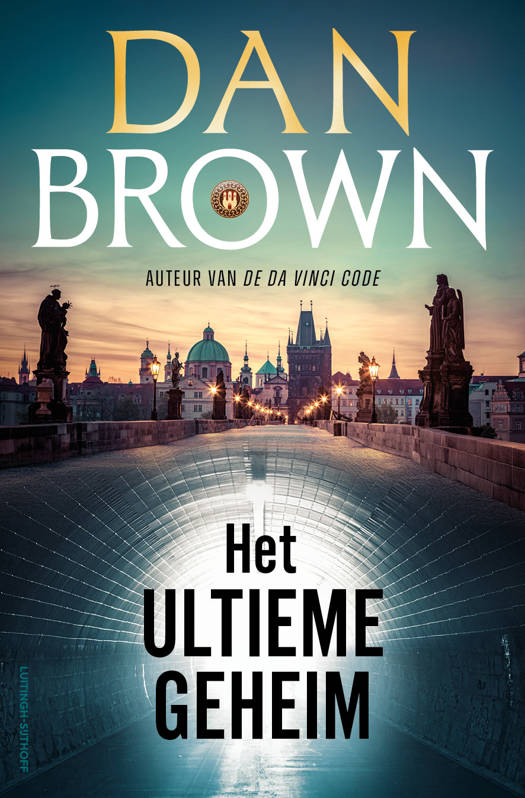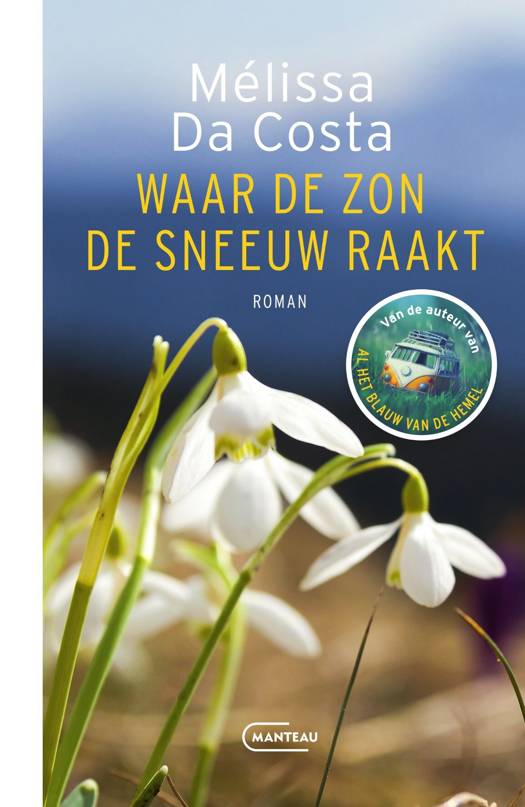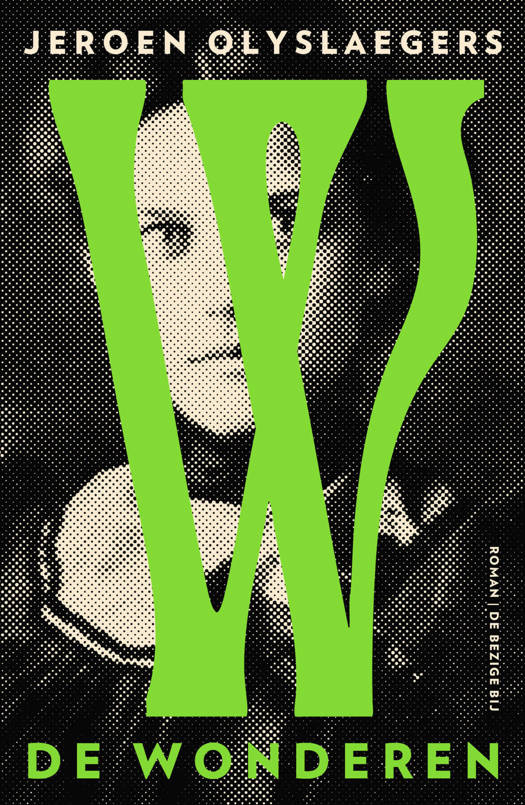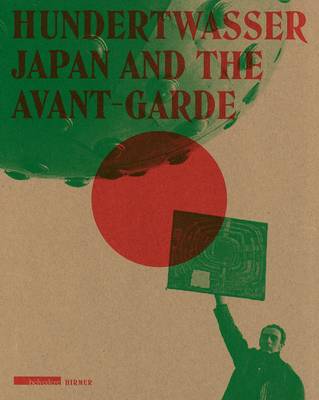
- Afhalen na 1 uur in een winkel met voorraad
- Gratis thuislevering in België vanaf € 30
- Ruim aanbod met 7 miljoen producten
- Afhalen na 1 uur in een winkel met voorraad
- Gratis thuislevering in België vanaf € 30
- Ruim aanbod met 7 miljoen producten
Zoeken
€ 90,45
+ 180 punten
Omschrijving
Hundertwasser was a key figure in the international avant-garde art scene in the years just after World War II. This volume takes a close look at an under-studied aspect of his work: the deep influence of Japanese art and philosophy that can be traced in his painting.
Like many European artists in the 1950s, Hundertwasser viewed the Far East as a source of a new, more open concept of art, free of the dispiriting weight of the Western tradition. He was fascinated by the striking woodcuts of Japanese masters Hiroshige and Hokusai, and his study of their work, along with his long-lasting engagement with Taoism and Zen Buddhism, greatly influenced his experimental compositions and action paintings of the period. An early friendship with Akria Kito and his 1961 marriage to his Japanese life partner provided further fuel to Hundertwasser's artistic explorations.
A beautifully produced volume that offers a wholly new way of thinking about a potent figure in twentieth-century art, Hundertwasser will appeal to fans of the European and Japanese traditions alike.
Like many European artists in the 1950s, Hundertwasser viewed the Far East as a source of a new, more open concept of art, free of the dispiriting weight of the Western tradition. He was fascinated by the striking woodcuts of Japanese masters Hiroshige and Hokusai, and his study of their work, along with his long-lasting engagement with Taoism and Zen Buddhism, greatly influenced his experimental compositions and action paintings of the period. An early friendship with Akria Kito and his 1961 marriage to his Japanese life partner provided further fuel to Hundertwasser's artistic explorations.
A beautifully produced volume that offers a wholly new way of thinking about a potent figure in twentieth-century art, Hundertwasser will appeal to fans of the European and Japanese traditions alike.
Specificaties
Betrokkenen
- Auteur(s):
- Uitgeverij:
Inhoud
- Aantal bladzijden:
- 256
- Taal:
- Engels
Eigenschappen
- Productcode (EAN):
- 9783777420448
- Verschijningsdatum:
- 15/09/2013
- Uitvoering:
- Paperback
- Formaat:
- Trade paperback (VS)
- Afmetingen:
- 230 mm x 288 mm
- Gewicht:
- 1442 g

Alleen bij Standaard Boekhandel
+ 180 punten op je klantenkaart van Standaard Boekhandel
Beoordelingen
We publiceren alleen reviews die voldoen aan de voorwaarden voor reviews. Bekijk onze voorwaarden voor reviews.








